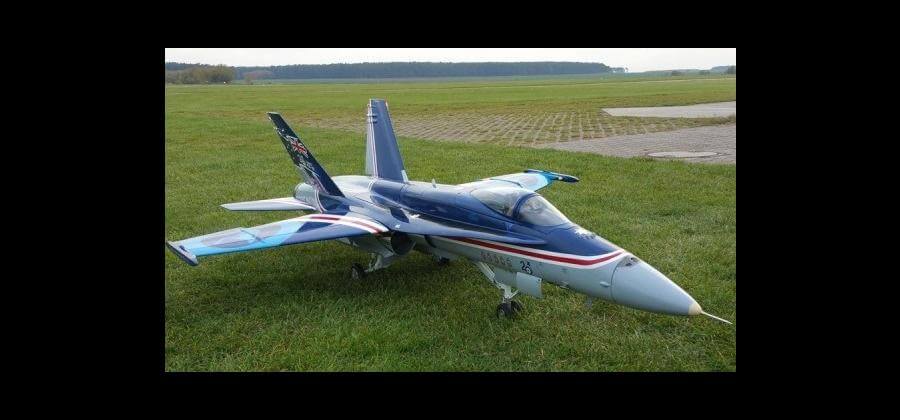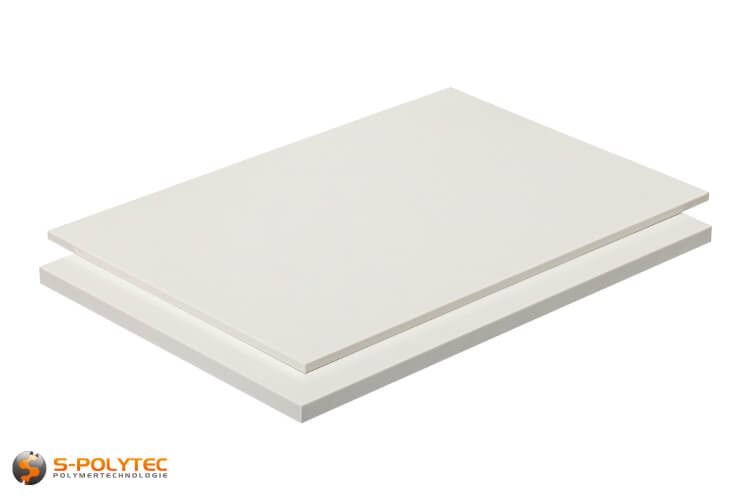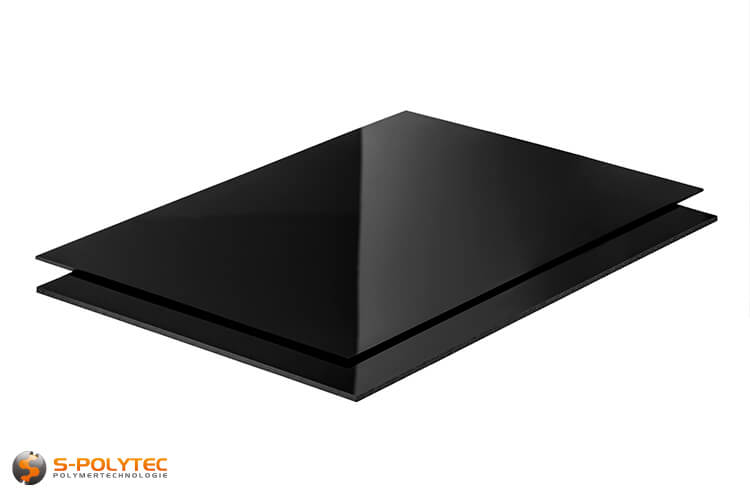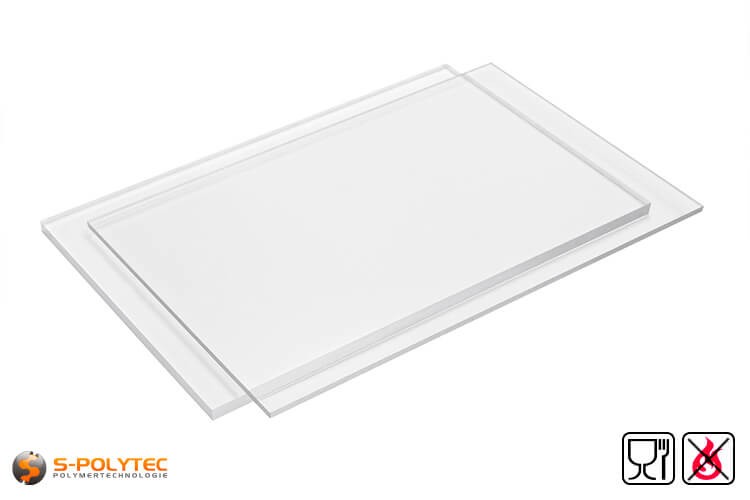
Plastic for model making - ABS and polystyrene in comparison

Plastics for model making - ABS, polystyrene, PETG at a glance. Learn more about the processing of plastics for model making in the blog of S-Polytec
Nowadays, it is impossible to imagine model making without plastic. Properties such as the very simple deformability, the corrosion resistance, the easy processing, the high stability and impact strength and the low weight are, after all, only fulfilled by plastics. But even with plastics there are a lot of differences and some things to consider.
The choice of the right material depends largely on the requirements of the application, but also on the processing options available to you. For example, polystyrene can be thermoformed at fairly low temperatures, where ABS would give your model making part significantly more impact strength. This is where many users usually opt for polystyrene, as not everyone can get ABS to deform above 130°C.
In the following we would like to explain the individual plastics used in model making and give you a general overview so that you can then make the right decision yourself regarding the choice of material for your project.
Overview of plastics for model making

ABS plastic in model making
ABS is primarily a fairly impact-resistant plastic with good petrol and oil resistance. The temperature resistance is just under 100°C. Acrylonitrile butadiene styrene, as ABS is known in technical jargon, can be glued and painted very well. The density is 1.06 g/cm. Due to its structure, this material is not available in transparent form. In its natural form, ABS is milky, cloudy. The typical applications in model making are in particular the parts that have to withstand impacts, for example bodies for vehicles, ships, aircraft, tanks or excavators. Moving elements in model making, where the use of the wrong plastic will result in fatigue failure relatively quickly, are also often made of ABS.
Machining ABS
ABS can be easily sawed, drilled, ground, milled, CO² laser cut and formed. Metalworking tools can be used as chip-removing tools. The deformation temperature of ABS, is +130°C - +170°C and varies depending on the difficulty of the deformation. When deforming, you should not neglect the moisture absorption of the material. If the ABS sheet is already somewhat older and has already drawn moisture from the ambient air during storage, it should be dried beforehand. For the drying of ABS sheets, the rule of thumb is approx. 2 hours at approx. 65°C per millimetre of material thickness.
Bonding and painting ABS
As already mentioned, ABS can be glued or painted very well. In many cases, the material surface does not even need to be pre-treated. In general, however, the surface should be cleaned well with alcohol beforehand so that it can later be painted with common acrylic paints, as they are usually used in model making.
For gluing or painting, the material must be cleaned with alcohol.
The same applies to bonding ABS. The surfaces to be bonded should be cleaned beforehand and freed of excess paint in order to achieve the best possible bonding result. As a suitable plastic adhesive for model making, we carry in our online shop the crystal-clear curing plastic adhesive S-Polybond ABSprofi
Here you can buy our ABS sheets for your model making project online.

Polystyrene plastics for model making
Polystyrene is probably the most used plastic in model making. On the one hand, polystyrene is comparatively cheap, and on the other hand it is very easy to process and shape. Polystyrene is crystal clear in its natural form and extremely brittle. We advise against using transparent polystyrene in thicknesses below 2mm for model making, because thin polystyrene breaks relatively quickly. For such applications we recommend PETG, (more info on this below). Dyed polystyrene sheets usually have additives of styrene butadiene (PS-SB) and thus have a significantly higher impact strength than pure polystyrene.
Machining polystyrene
Polystyrene can also be machined very easily with metalworking tools. To split the pieces up to 2mm wall thickness, it is sufficient to simply score them with a cutter knife, subsequent bending already causes the break along the scored line. Deep drawing is also quite simple. The material must be heated to approx. +120°C for deformation. Polystyrene does not absorb ambient moistureand therefore also does not need to be dried before thermoforming.
Bonding and painting polystyrene
Polystyrene is usually relatively easy to paint. However, a bonding agent for plastics would be recommended for a hard-wearing paint finish. Polystyrene can also be bonded without any problems, e.g. with our Plastic adhesive Ruderer L530. However, you should remove dust, grease and excess paint from the surfaces to be bonded beforehand.
You can buy our plastic sheets made of polystyrene for model making here.

PETG plastics in model making
PETG is excellent for making transparent parts of your models. PETG is available in our online shop as standard from 0.75mm thickness at very reasonable prices and, unlike transparent polystyrene, has quite high impact strength and can even be cold bent. In addition, PETG is also approved for use in the food sector, although this is likely to be of secondary importance in model making.
Machining PETG
Machining does not pose any problems, only when sawing should a reasonable support be ensured because the material must not flutter, otherwise there is a risk of unsightly chipping. A firm support should also be provided when drilling in order to avoid chipping at the edges of the drill hole.
You can buy our plastic sheets made of PETG for model making here.